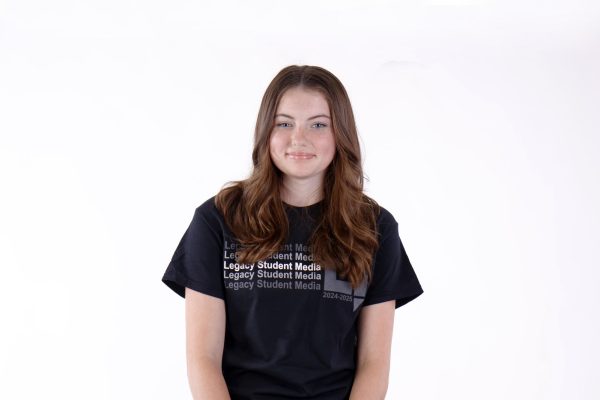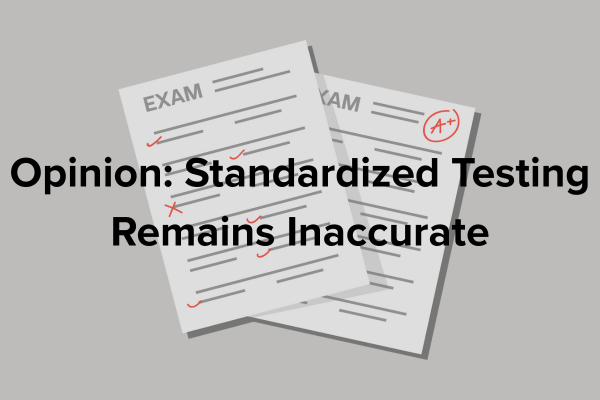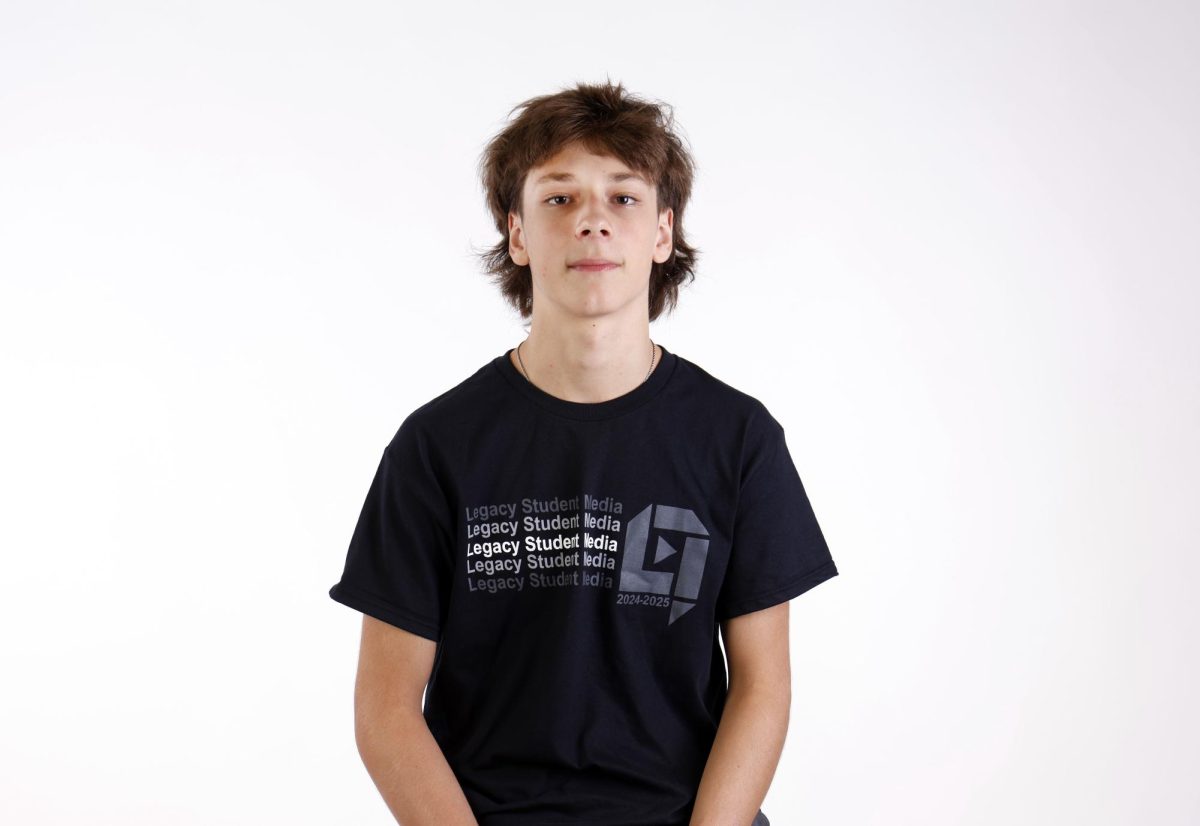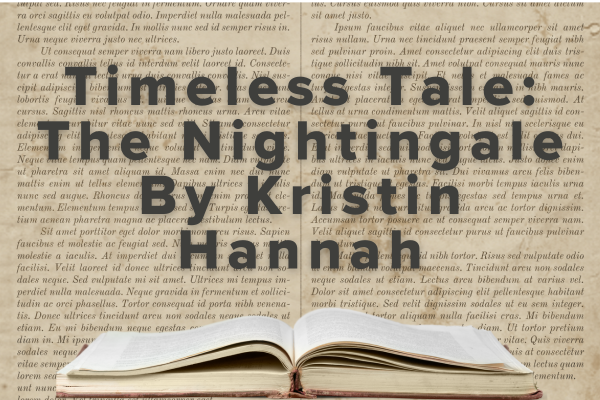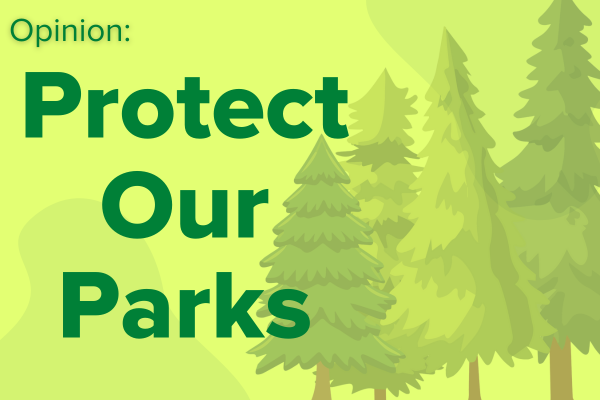The term “Sephora Kids” became a popular trend among social media platforms like Instagram and TikTok to describe children and tweens who started using adult makeup and skincare products to keep up with beauty standards created by social media.
Studies show 40% of kids ages 8-12 use social media platforms despite app age limits. They post “get ready with me” videos showcasing popular makeup and skincare products made for adults because they see creators and makeup influencers post about them. These products contain ingredients like retinol and harsh exfoliating acids reported by dermatologists to cause damage to young skin like rashes and, in some cases, permanent skin issues. Young kids now use retinol and anti-aging serums aimed for people with ages at least in the double digits.
Not only do creators influence young people, they also make videos about them. People report that “Sephora Kids” steal products, destroy testers and act rudely to employees and other shoppers while in the store. Reports of ten-year-olds who take items from people’s hands in Sephoras and demand expensive, unnecessary skin treatments from their parents continue to flood the media. Kids feel entitled to things that could harm them and refuse warnings from people, treating them badly in return. This phenomenon stands as both a danger to children and an inconvenience to teens and adults.
A big part of the “Sephora Kids” outbreak stems from the growth of beauty content on social media platforms. Studies show that 62% of girls follow beauty influencers, and the ages of kids who follow the same people are dropping lower and lower. Beauty influencers, mainly adults, inadvertently persuade children they NEED makeup or skincare that won’t work for their young skin.
Many parents believe that it’s important for kids to be able to express themselves and that makeup enhances creativity. While these are good, true points, kids need to do this in a safe, respectful way. An alternative option that still gives children that creative outlet to express themselves could be kid’s makeup. The children’s personal care market is valued at around $7.5 billion and only growth is expected in the coming years. This way, kids and tweens interested in self-expression through makeup can do so in a way that protects their fragile skin. It will also appease Sephora shoppers who are becoming increasingly irritated with the new “Sephora Kids”.
As a second option, Sephora stores and social media platforms could introduce and tighten restrictions based on age. Apps can set and uphold age limits better, which would not only help the Sephora situation, but it would protect their self-esteem when their minds are young. Parents should also be warned about the damage some skincare can cause to their child’s skin because many don’t realize that there are serious repercussions. Overall, “Sephora Kids” need to be stopped, both for their own good and for the good of other shoppers.



